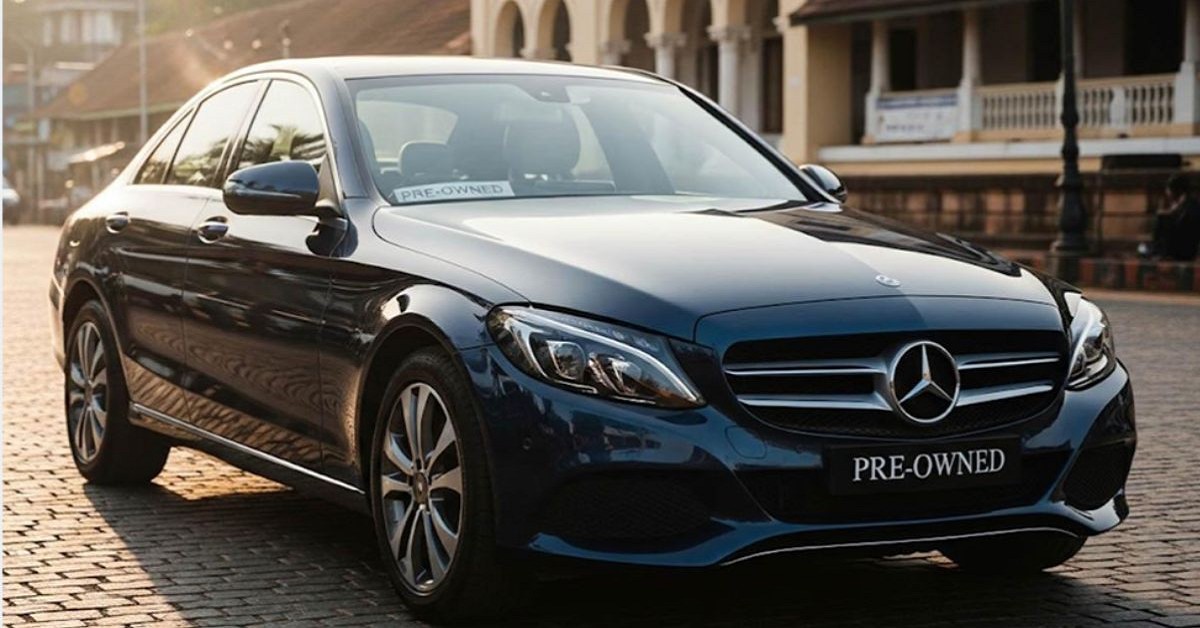Automobile retail industry in India surged to a record high in October 2025, clocking a 40.5% year-on-year (YoY) growth, as per the latest report by the Federation of Automobile Dealers Associations (FADA). The robust rise was powered by GST 2.0-led affordability, strong festive sentiment, and revived rural demand, marking October as the most successful month in the country's auto retail history.
The 42-day festive period from Dussehra to Diwali also saw unprecedented momentum, with sales growing 21% YoY-the highest festive season performance ever recorded by India's automotive sector.

Festive Cheer and GST Reforms Drive Growth
Commenting on the record performance, FADA President said,
"After an almost quiet September due to the GST 2.0 transition, October witnessed a swift rebound like a hurdle race where pent-up demand passed the baton to festive sentiment and tax-cut excitement, propelling sales to historic levels."
He added that the 2025 festive period will be remembered as a defining milestone for India's auto retail sector, with the strongest sales across all vehicle categories.
Record-Breaking October Sales
According to FADA data, total automobile retail sales in October 2025 stood at 40,23,923 units, representing all-time highs for both passenger vehicles and two-wheelers:
- Two-wheelers: Up 51.8% to 31.5 lakh units
- Passenger vehicles: Up 11.35% to 5.57 lakh units
- Commercial vehicles: Up 17.7%
- Tractors: Up 14.2%
- Three-wheelers: Up 5.4%
The only segment that saw a decline was construction equipment, which fell 30.5% due to project delays and financing constraints.
42-Day Festive Period Posts 21% YoY Surge
During the 42-day festive cycle, overall vehicle retails increased 21% YoY, reflecting strong consumer confidence and policy-driven affordability. Category-wise growth stood as follows:
- Passenger vehicles: +23%
- Two-wheelers: +22%
- Commercial vehicles: +15%
- Tractors: +14%
- Three-wheelers: +9%
FADA noted that the GST 2.0 framework, particularly the reduction in tax rates for small cars and entry-level two-wheelers, directly contributed to higher footfalls and faster conversions at dealerships.
"The GST 2.0 vision of empowering affordability and boosting middle-class consumption found real reflection on dealership floors," FADA said, adding that compact and sub-4-metre cars saw the sharpest jump in demand.
Rural India Powers the Upswing
Rural India emerged as the key growth engine, benefiting from a good monsoon, increased farm incomes, and government-led infrastructure spending. Rural passenger vehicle sales grew over three times faster than urban markets, while rural two-wheeler sales nearly doubled urban growth rates.
The GST 2.0-driven reduction in small vehicle tax slabs made ownership more accessible to first-time rural buyers, significantly expanding the consumer base.
OEM Leaders Maintain Dominance
Among original equipment manufacturers (OEMs):
- Maruti Suzuki led the passenger vehicle market with a 43% share, followed by Tata Motors (13.5%) and Mahindra (12.2%).
- In two-wheelers, Hero MotoCorp held a commanding 31.6% share, ahead of Honda (26.1%) and TVS (17.7%).
Outlook: Momentum Set to Continue
FADA expects the momentum to sustain through the marriage season and post-harvest months, supported by strong rural liquidity, new model launches, and continued infrastructure investments.
"GST 2.0 continues to anchor affordability under the 'Simpler Tax, Stronger Growth' vision," FADA stated.
Dealer confidence remains optimistic, with 64% expecting growth in November and nearly 70% anticipating expansion over the next three months.
As India's auto industry accelerates into 2026, analysts believe that policy reforms, consumption recovery, and rural resilience will continue to steer the sector toward new records.






 CAclubindia
CAclubindia
